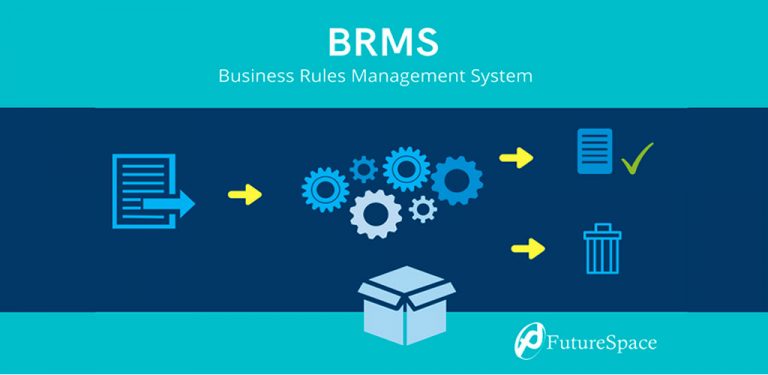An unwritten law in technology is that you only get valuable results from tools when they are used by knowledgeable people. Developers may be great at writing code, but they may make poorly informed decisions about business rules. Likewise, business analysts should focus on what they do best rather than trying to translate business decisions into extremely detailed requirements documents.
Business analysts often have a much more distant relationship with business applications than they do with, say, a spreadsheet model on the desktop. If people on the business side want to create a new application or want changes made to an existing one, they send a request to the IT department, which they probably haven't provided with the knowledge. This begins an endless round of meetings between business and IT where ambiguities are resolved.
Developers then begin writing the code, either by building business rules into software components that run on an application server or by implementing them into stored database procedures. The development team then tests the code and returns it to the business analysts for verification; at that point it is rejected because the results are not satisfactory. A few months and some rewritten code later, the business side finally gets what it needs.
It is at this point that a BRMS comes into play and can bridge the gap between business and IT.
What is BRMS?
A business rules management system, BRMS, is a software system that is designed to automate the implementation of a business rule. A business rule is a rule that defines some operation of a company and always evaluates true or false. With a BRMS, companies can adapt quickly to new operating conditions without having to involve IT staff.
A BRMS can reduce the time it takes to implement new business rules by automating changes to IT systems, such as databases, without the IT department having to manually reconfigure these systems. The downside is that, because defining business rules requires a great deal of knowledge about a company, industry and regulation, a BRMS is often difficult to implement.
BRMS engines are typically embedded in vertical business applications, such as those that handle underwriting, loan requests, complex programming or other tasks that require the simulation of human experience. There are many advantages. The business side gets direct control over the rules governing the behavior of business applications. And when business analysts decide that the business rules need to change, they can make those changes themselves. The result: much greater confidence that business rules are being implemented as expected.
Choosing a BRMS methodology for your organization
BRMS is a solution that allows businesses and IT to collaborate with each other. With a BRMS implementation, how these projects proceed depends on how the organization wants to function.
If companies are comfortable writing business rules, they still need to work with IT to make sure the application is ready to run with that business logic. IT analysts may also write rules with the business rules engine, but work with business people to ensure that all rules are accounted for correctly and that uncertainty, risk, and other considerations are highlighted.
What to look for in a BRMS?
Any BRMS you choose should be very logical, straightforward and easy to use. Today's best business applications are intuitive, fast and as easy to learn as any phone application. In addition to a great user experience, the BRMS you choose should:
- Be smart about pointing out rules that are incomplete, have a conflict and have a circular logic.
- Be compatible with the data that would be required to execute the rules and make a decision
- Be open, with APIs and standards for future business
- Be prepared to expand and scale no matter where the business takes you
- Be platform agnostic and not just limited by a framework or toolkit
The BRMS should provide a return on the investment it has made by centralizing its logic in a rules engine all the time.
A great recipe for success in your next project with a rules engine is to get rid of all preconceived notions and choose BRMS that meet your current and future needs.












